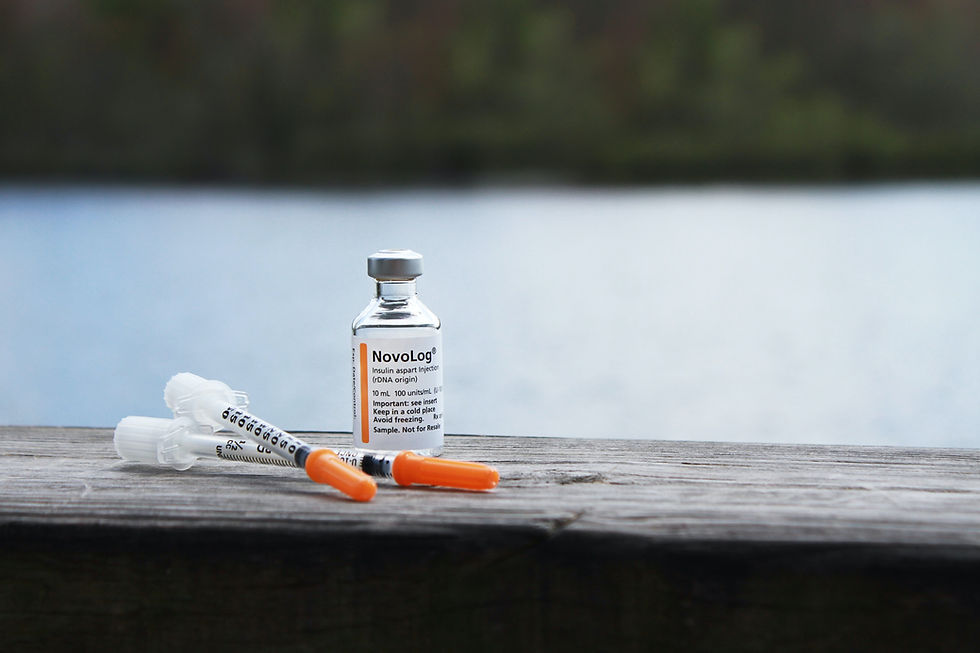Last Thursday (08 August 2024) the U.S. Food and Drug Administration (FDA) released final guidance aimed at "Optimizing the Dosage of Human Prescription Drugs and Biological Products for the Treatment of Oncologic Diseases".
This guidance was developed to assist sponsors in determining the optimal dosage(s) for prescription drugs and biological products to treat oncologic diseases during clinical development before submitting applications for approval for new indications and uses.

As a rule, dose-finding trials for oncology drugs are designed to determine the maximum tolerated dose (MTD), which is defined as trials that include dose-escalation and dose-expansion portions.
To identify the MTD, a small number of patients were assessed stepwise, increasing doses for short periods at each dose level until severe or life-threatening dose-limiting toxicities (DLTs) were observed.
Despite therapeutic progress, most advanced cancers remain incurable, so rapid access to safe and efficacious therapies remains critical and with sufficient planning, identifying an optimized dosage(s) can be aligned to expedite clinical development. Choosing the right dosage for a clinical trial(s) should be based on appropriate data according to the stage of development. To select a dose(s) for clinical trial(s), it is necessary to evaluate relevant nonclinical and clinical data (PK, PD, safety, tolerability, dosage convenience, and activity).
Sponsors are therefore strongly encouraged to discuss their plans for dosage optimization with FDA during formal meetings, including early in clinical development. In the briefing document, relevant data should be summarized to help determine the dosage(s) to be used. The oncology dosing tool kit can be used to summarize relevant data, and Sponsors may also consider the Model-Informed Drug Development (MIDD) paired meeting program, if necessary.
Benefits of Dose Optimization
Enhanced Patient Outcomes: By tailoring the dose to achieve maximum efficacy with minimal toxicity, patient outcomes can be significantly improved.
Informed Clinical Practice: Provides oncologists with evidence-based guidance on dosing regimens, improving clinical decision-making.
Regulatory Compliance: Aligns drug development with FDA expectations, facilitating a smoother approval process.
For more detailed information, please refer to the full USFDA Guidance on Optimizing Dosage for Oncologic Diseases.
Also, CDER & CBER released a draft guidance "Bacillus Calmette-Guérin-Unresponsive Nonmuscle Invasive Bladder Cancer: Developing Drugs and Biological Products for Treatment" provides recommendations for the development of drug and biological products for the treatment of patients with bacillus Calmette-Guérin (BCG)-unresponsive nonmuscle invasive bladder cancer (NMIBC).
コメント